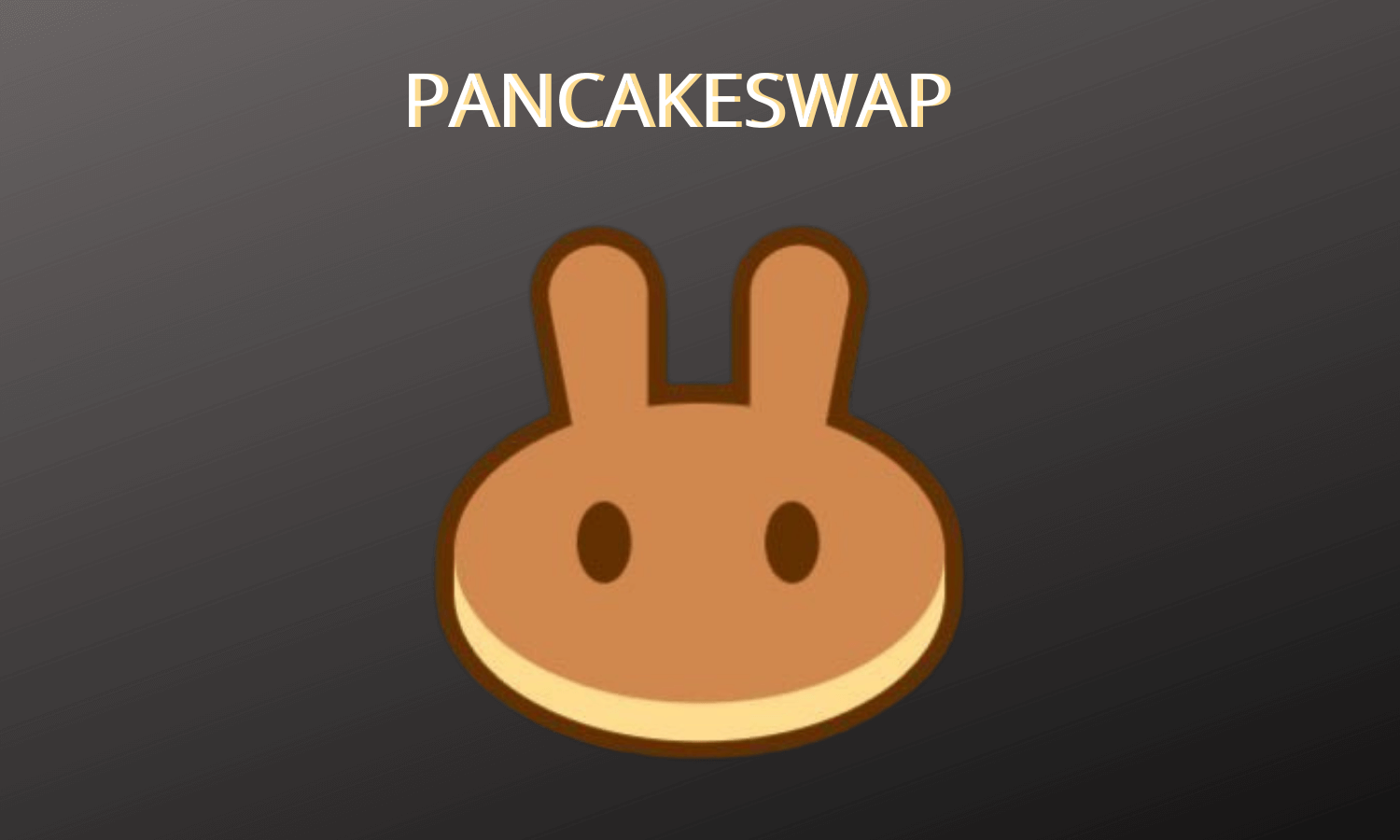PancakeSwap: What is it?
The PancakeSwap decentralized cryptocurrency exchange is a decentralized marketplace where you can trade cryptos and tokens without the use of a centralized intermediary. You are still in full control of your tokens at all times. Binance Smart Chain, a blockchain platform that runs on the crypto exchange Binance, is the platform that powers it.
With Binance Coin (BNB) and a variety of BEP-20 tokens, users can safely trade their virtual coins and keep control of their private keys without relying on centralized services. All transactions on PancakeSwap are executed using smart contracts, thus eliminating counterparty risk.
It is completely anonymous who is behind PancakeSwap, but both Certik and Slowmist have audited the platform. Also, PancakeSwap’s smart contract code is open to scrutiny, and the company’s website is open to the public. There are still more than a dozen team members (known as chefs), including two co-leads (Hops and Thumper), as well as a considerable number of engineers on the team.
Since the platform was launched in September 2020, its popularity and the range of features have increased dramatically, as have the number of users and assets supported. Several DeFi applications have been built around PancakeSwap’s native utility token – CAKE – which can now be considered an entire ecosystem of DeFi tools.
CAKE – What is it?
PancakeSwap’s native utility token CAKE can be used to accomplish a variety of tasks within the growing ecosystem. Through the platform’s community governance system, it is possible to engage in yield farming, stake, participate in the PancakeSwap Lottery, and make and vote on governance proposals.
Liquidity for PancakeSwap
PancakeSwap offers rewards to liquidity providers just like Uniswap and SushiSwap. Keeping the AMM liquid is easy and convenient for exchange users.
To add liquidity, click Liquidity, then Unlock Wallet. Tokens that you provide liquidity for will now be asked for. On PancakeSwap, liquidity is provided in pairs, which means two tokens are required.
There are two ways to provide liquidity:
- A list of existing pools
- Create a pool of your own
New cryptocurrency projects tend to create their pools to debut their tokens. Provide liquidity to an existing pool, if that’s not your thing.
After you select the pair that you provide liquidity for, confirm the deposit by going ahead and depositing. Your stake in the pool is represented by the FLIP token after depositing.
If you hold FLIP LP tokens, you will get a portion of the rewards whenever there is an exchange that taps into the liquidity of your pool. By redeeming your FLIP tokens, you retrieve the underlying assets, whose value has grown by now.
Initial Farm Offerings (IFOs)
PancakeSwap enables users to buy tokens at an early stage of a project, just as with Initial DEX Offerings (IDOs). During an Initial Farm Offering (IFO), however, users acquire new project tokens by exchanging their CAKE-BNB liquidity provider (LP) tokens. CAKE is deflationary because half of its total funding (the CAKE side of the equation) is burned.
Projects such as Soteria, Ditto, and Hot Cross were all launched using this approach.
Farm Yield
A user can earn an additional yield by staking its liquid provider (LP) tokens in one of its many yield farms. Participation in a yield farm earns users CAKE yields on their LP tokens. In addition, transaction fees generate yields.
A farmer’s APY can range from a few hundred to several thousand percent, depending on the type of farm. However, users should take into account possible permanent losses when calculating their overall yield.
Syrup Pools
PancakeSwap’s staking mechanism is equivalent to syrup pools. Users can stake BEP-20 tokens in Syrup pools for yield – either as CAKE or another reward token.
To calculate the true yield, users should make sure they take into account the changing value of their staked assets, as with its yield farms.
PancakeSwap: What Makes It Unique?
PancakeSwap leverages the Binance Smart Chain to provide users with an excellent trading experience. Due to its extremely low fees and quick confirmation times, it ensures faster trade execution. On blockchains with a slower block time, it’s also less vulnerable to displacement attacks like front-running, making it a safer alternative to some other AMMs.


